Exploring Aya Vision: Cohere’s Multimodal Model and Its Comparison with GPT
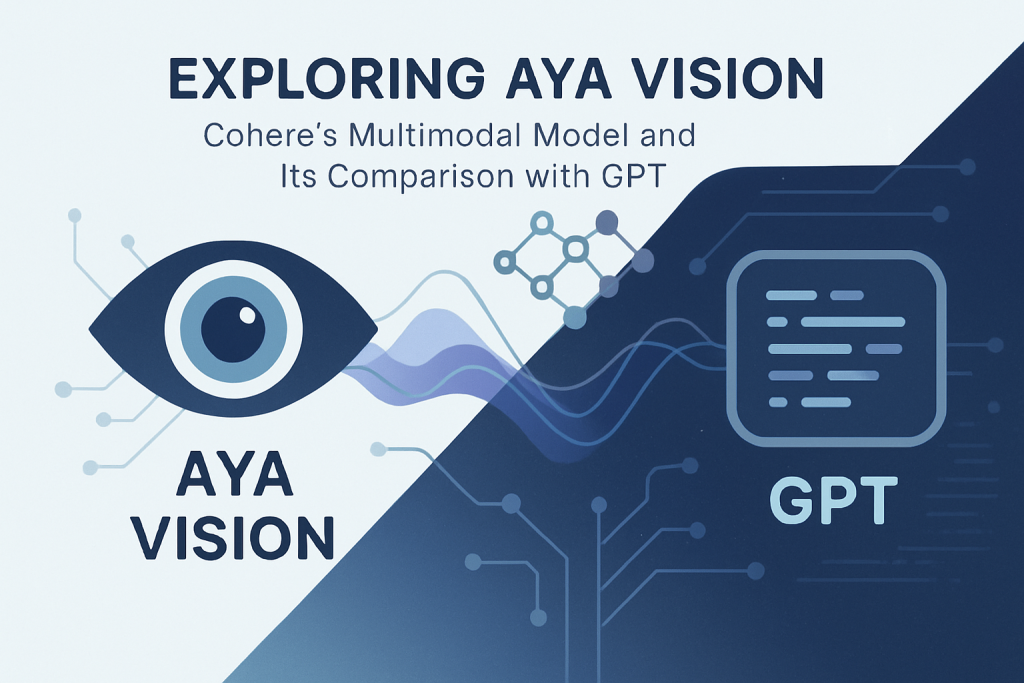
Created using DALL.E on 28 April 2025 Author Introduction Vision-enabled AI models have rapidly evolved to become essential tools across numerous applications, from content moderation to image analysis and multimodal reasoning. Cohere’s recent entry into this space with their Aya Vision model promises to deliver competitive capabilities in the increasingly crowded market of multimodal AI […]
From Text to Talk: Building a Voice-Enabled AI Chatbot with n8n
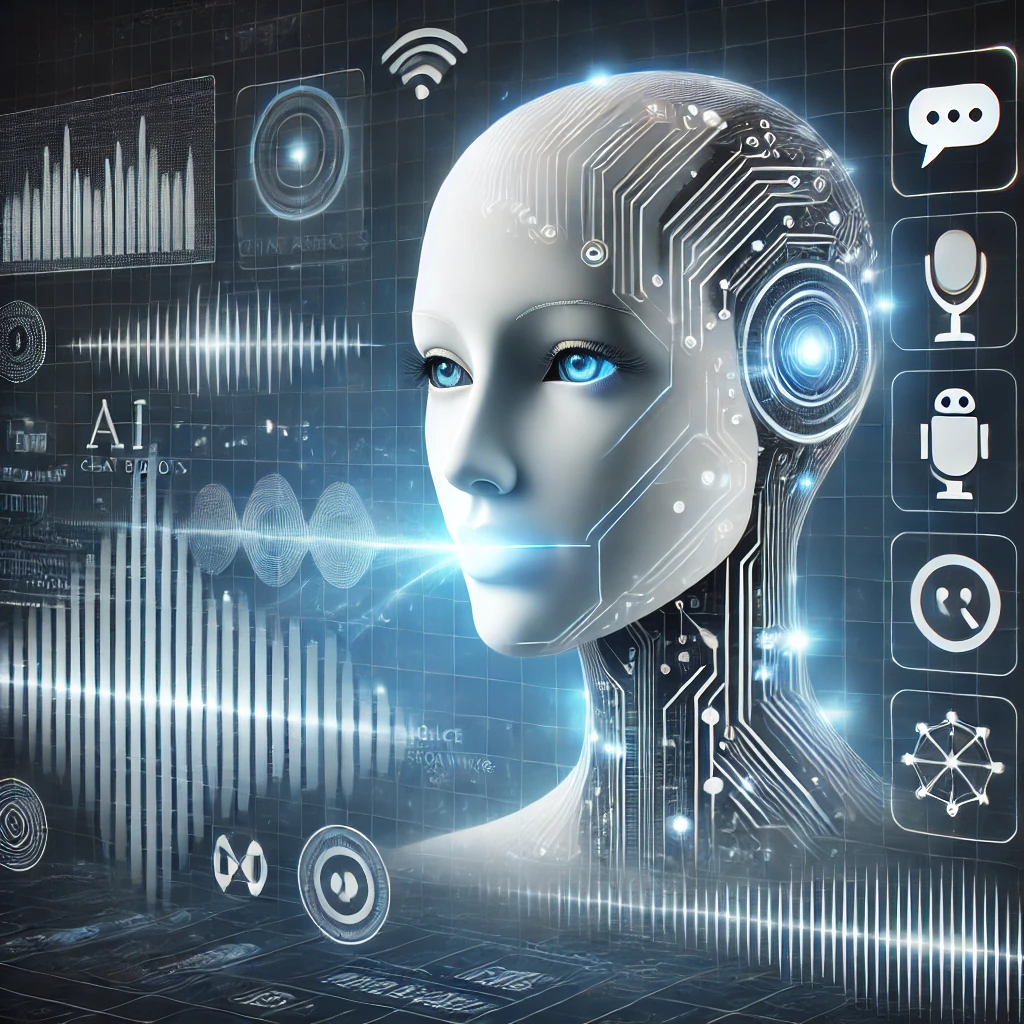
Introduction In today’s rapidly evolving AI landscape, conversational agents have become increasingly sophisticated, transitioning from simple text-based interactions to more natural, voice-enabled experiences. This blog post explores how to create an intelligent chatbot that not only understands and responds to text input but also speaks its responses aloud – all without writing a single line […]
How to Use and set up Windsurf: Personal Experience & Tips for Beginners (In Windows)
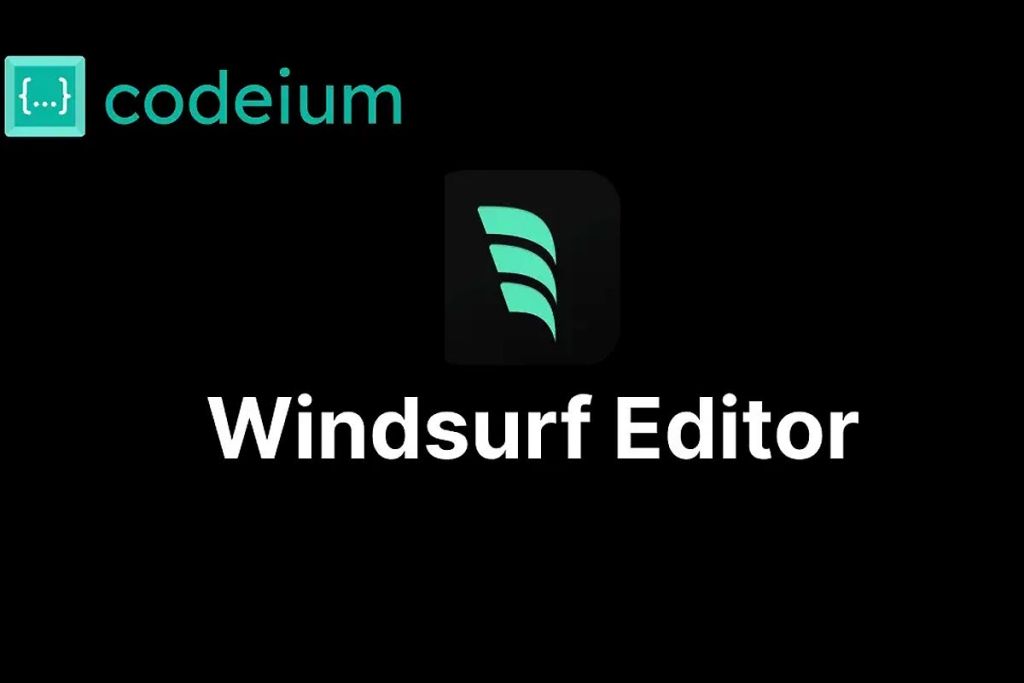
This image is sourced from Windsurfjournal on Windsurfjournal Introduction Windsurf is an innovative AI-powered Integrated Development Environment (IDE) designed to enhance the coding experience by keeping developers in flow. Formerly known as Codeium, Windsurf integrates advanced AI capabilities to understand your intent, manage complex codebases, and provide intelligent assistance throughout the development process. In this blog […]
Comparative Analysis of GPT and xAI’s Grok for Code Generation and Research
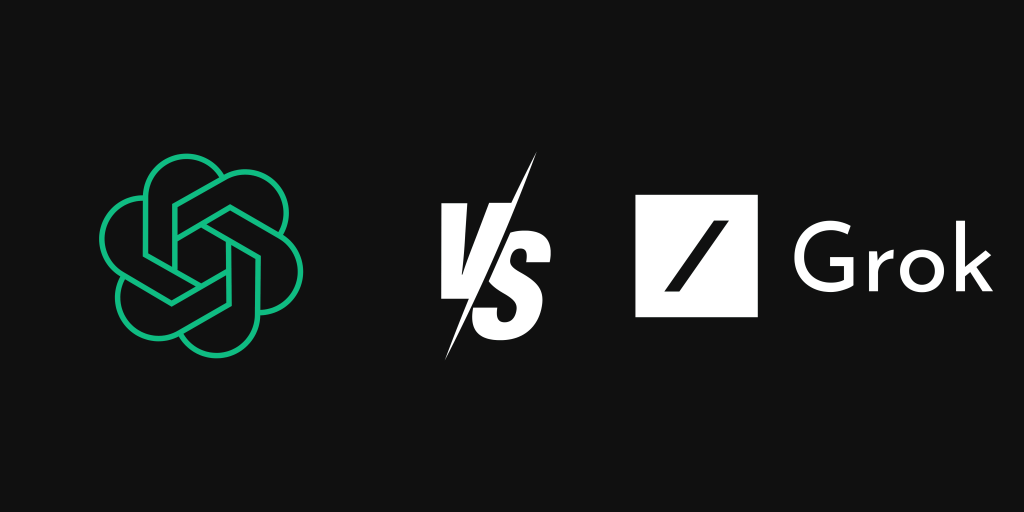
Introduction The rise of artificial intelligence in code generation and problem-solving has transformed the way we approach both technical and creative tasks. From automating repetitive coding chores to providing insights into complex problem domains, AI tools have become essential companions for developers, researchers, and learners alike. Among the many AI models available today, two have […]
Baidu’s ERNIE X1

Understanding its Capabilities and Design Introduction Baidu, a leading Chinese technology has been a significant player in artificial intelligence (AI) since it began developing its Enhanced Representation through Knowledge Integration (ERNIE) models in 2019. On March 16, 2025, Baidu introduced ERNIE X1, a specialized deep-thinking reasoning model, alongside ERNIE 4.5, a multimodal foundation model. This […]
Gemini 2.5 Pro
Hands-On with Gemini 2.5 Pro: Exploring Google’s New Frontier in AI The AI landscape is evolving at breakneck speed, and Google is firmly in the race with its Gemini family of models. The latest iteration, Gemini 2.5 Pro, recently became available in preview, promising significant advancements in reasoning, coding, multimodality, and an enormous context window. […]
Beyond the Benchmark: A Hands-On Evaluation of Claude 3.7 Sonnet
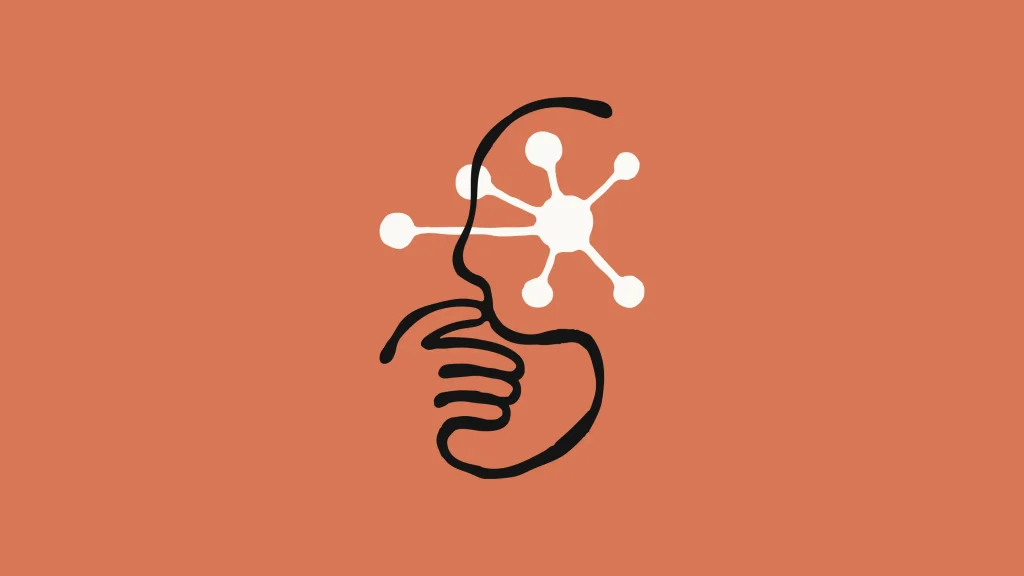
Reasoning, Coding, and Conversation: Evaluating Claude’s Evolution as a Thinking Partner Introduction In February 2025, Anthropic released Claude 3.7 Sonnet as their advanced reasoning model with a unique hybrid approach to AI assistance. Unlike previous models that offer a single mode of operation, Claude 3.7 introduces several key innovations worth evaluating: While these features sound […]
Multimodal Chain-of-Thought Reasoning in Language Models

The above image was generated using Source: DALLE-3 on 16/03/2025 using prompt “Generate an image highlighting “Multimodal Chain-of-Thought LLM’s ” What Is Chain-of-Thought Prompting? Imagine solving a math problem or logic puzzle by writing out each step of your thinking process. Large language models (LLMs) can do something similar! Chain-of-thought (CoT) prompting is a technique where we […]
How to Build an Automated Email System using AI Agent in n8n
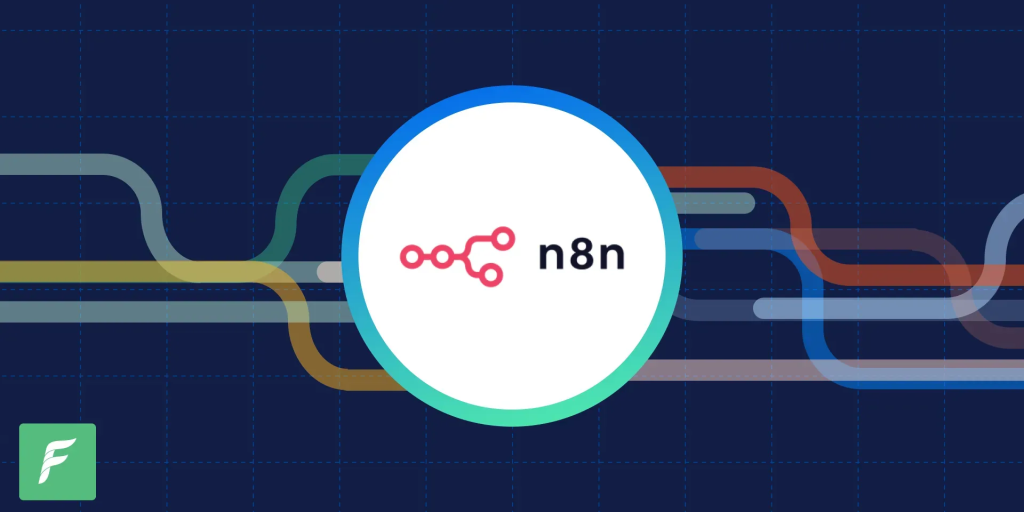
This image is sourced from Forest Admin on [Forest Admin] (https://www.forestadmin.com/blog/unleashing-the-power-of-automation-bringing-n8n-to-forest-admin/) Automation Visualization. Author: Immanuel Alvaro Bhirawa (ORCID ID: 0009-0009-3354-7794) Welcome back, readers! In my previous post, I guided you through setting up an LLM pipeline using n8n and Ollama, all hosted locally (catch up here: How to install n8n and create an LLM pipeline […]
LM Studio

Installing and Using LM Studio on MacOS The above image was generated using Source: DALLE-3 on 07/03/2025 using prompt “Generate an image highlighting LM Studio.” Author Getting Started In today’s AI-driven world, running Large Language Models (LLMs) on your own computer has never been easier, thanks to LM Studio. Whether you’re a developer, researcher, or just an […]